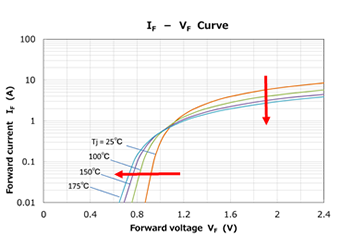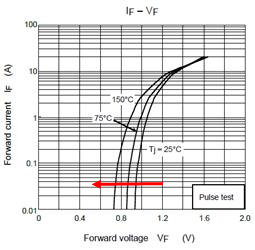- 型号 & 关键词搜索
- 交叉搜索
- 参数搜索
- 库存查询与购买
This webpage doesn't work with Internet Explorer. Please use the latest version of Google Chrome, Microsoft Edge, Mozilla Firefox or Safari.
请输入3个以上字符 Search for multiple part numbers fromhere.
The information presented in this cross reference is based on TOSHIBA's selection criteria and should be treated as a suggestion only. Please carefully review the latest versions of all relevant information on the TOSHIBA products, including without limitation data sheets and validate all operating parameters of the TOSHIBA products to ensure that the suggested TOSHIBA products are truly compatible with your design and application.Please note that this cross reference is based on TOSHIBA's estimate of compatibility with other manufacturers' products, based on other manufacturers' published data, at the time the data was collected.TOSHIBA is not responsible for any incorrect or incomplete information. Information is subject to change at any time without notice.
请输入3个以上字符
SiC肖特基势垒二极管(SBD)的温度特性是什么?
图1显示了碳化硅(SiC)SBD正向电压的每个温度的IF-VF曲线示例。在IF较小的区域内,正向电压(VF)随温度升高而降低;如为Si二极管(图2),当电流较大时,正向电压随温度升高而升高。
这种变化是由半导体电阻元件的热阻变化引起的。
具体涉及两个因素:(1)电子通过晶格振动扩散;及(2)激励至供体电子的导带。
SiC等宽带隙半导体具有较强的键合力,晶格振动的影响比硅大。此外,由于带隙很大,因此供体比Si更难激励。图中所示的特性表明了这些情况。对于硅二极管,温度系数在超过额定电流的大电流时发生反转。
因此,当Si二极管并联时,可能发生热失控。在SiC SBD中,并联连接相对较为容易。



